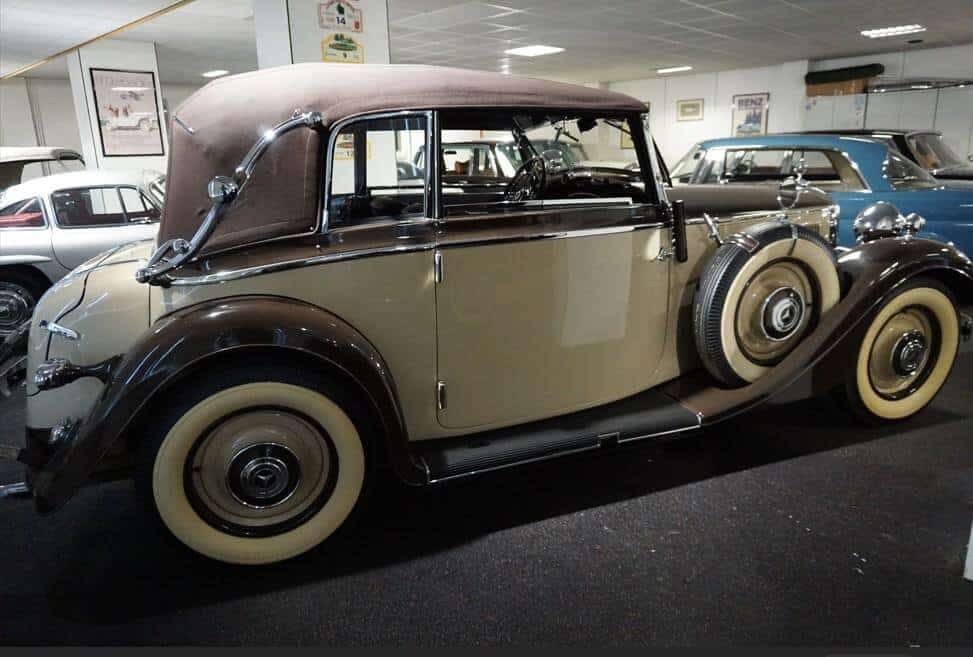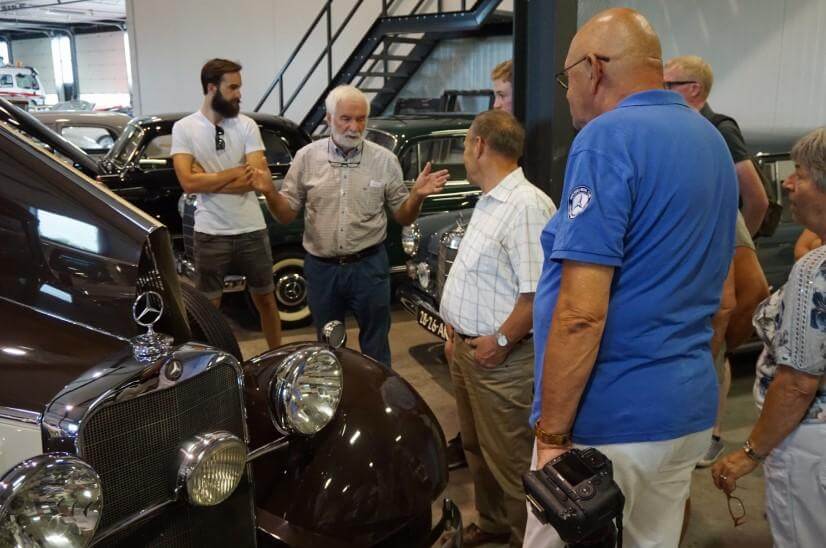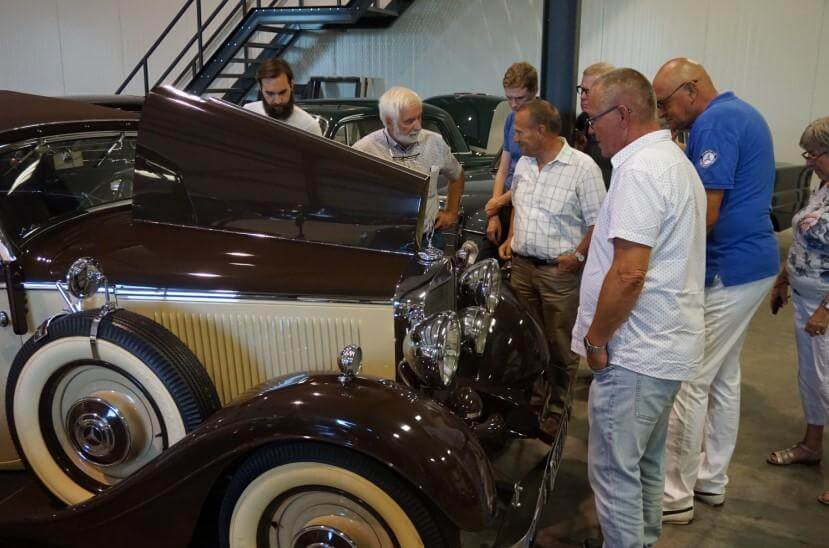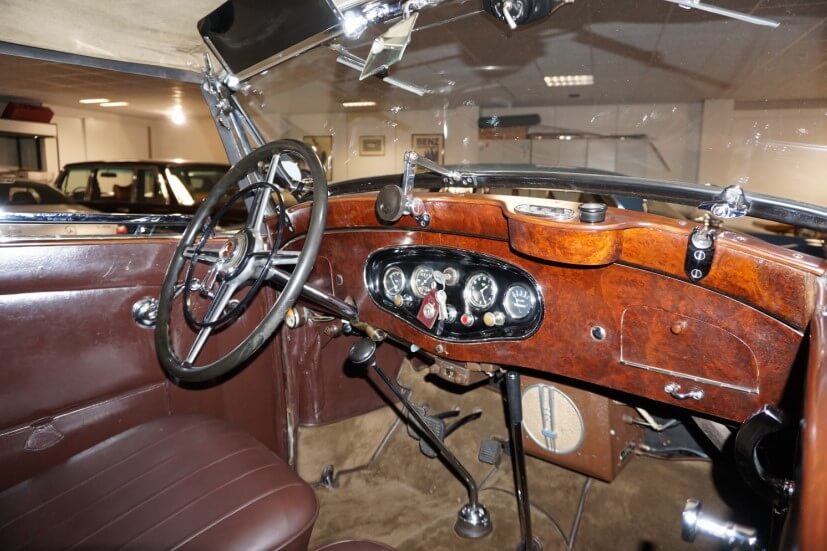Introductie en historie Mercedes-Benz W18

Introduction and History of the Mercedes-Benz 290 (Baureihe W18 / Typ 290)
The Mercedes-Benz 290, internally designated Baureihe W18, was introduced in 1933 as a mid-size luxury automobile designed to bridge the gap between Mercedes-Benz’s compact models and its flagship luxury cars. Known officially as the Typ 290, it represented a significant step forward in comfort, engineering, and styling during a transformative era in German automotive history.
Produced through 1937, the Typ 290 was notable for its refined inline-six engine, versatile chassis configurations, and extensive bodywork options — many of which were handcrafted by Mercedes-Benz’s own Sindelfingen coachworks.
Development Context
Launched during a time of economic recovery and increasing industrial ambition in Germany, the Typ 290 was aimed at wealthy private buyers, professional drivers, and state officials seeking reliability, elegance, and modern engineering. It replaced the earlier Typ 350/370 Mannheim models and was positioned below the powerful Typ 500 and 770 “Grosser Mercedes” models in the hierarchy.

Technical Specifications
Engine: 2.9-liter inline-six
Displacement: 2,867 cc
Power Output: Initially 60 PS (44 kW), later upgraded to 68 PS (50 kW)
Top Speed: Approx. 100–110 km/h (depending on body)
Transmission: 4-speed manual
Chassis: Rigid axle front and rear with semi-elliptic leaf springs
Brakes: Hydraulic drum brakes on all four wheels (advanced for its time)
The Typ 290 was also praised for its smooth engine performance and high mechanical quality, particularly in long-distance and chauffeur-driven applications.

Body Styles and Custom Variants
The 290 W18 was available in a wide variety of body styles, either from the factory or as chassis-only models for custom coachbuilders. Popular factory variants included:
Pullman Limousine (6- or 7-seat configuration)
Tourenwagen (Touring car)
Cabriolet A, B, D, F (2- to 4-door convertibles with varying luxury levels)
Limousine (sedan/saloon)
Roadster (rare, elegant bodywork with sporting flair)
Custom coachwork from independent or Mercedes-affiliated builders was not uncommon, especially for state or ceremonial use.

Evolution and Upgrades
In 1937, Mercedes-Benz introduced the Typ 320 (W142) as the successor to the 290, but before that, the 290 had received several updates:
1934–1935: Mild technical revisions and improved braking
1936: Introduction of a long-wheelbase Pullman version, catering to high-ranking officials and business elites
Coachwork refinements: Enhanced trim, improved seating arrangements, and better sound insulation in later models



Cultural and Political Role
The Typ 290 was frequently used in official government service, and while not as grand as the 500K or 770 Grosser Mercedes, it was popular among German provincial authorities, diplomatic staff, and business leaders.
It also represented Mercedes-Benz’s engineering ethos of the early 1930s: overengineered, understated, and supremely elegant.
Production Overview
Variant Production Period Estimated Units Built
Typ 290 (short wheelbase) 1933–1937 ~4,000
Typ 290 Lang (long version) 1935–1937 ~1,500
Total Typ 290 W18 ~5,500
Production took place at Mercedes-Benz’s Sindelfingen facility, known for both volume and coachbuilt prestige.
Legacy
Though overshadowed in the public memory by the more glamorous 500K and later wartime developments, the Mercedes-Benz Typ 290 remains a cornerstone of pre-war Mercedes engineering. Surviving examples are now rare and highly valued in the vintage and classic car community, especially original Cabriolets and Roadsters.
Its legacy lives on in the Mercedes-Benz tradition of offering versatile luxury vehicles that blend technical precision with timeless design.
